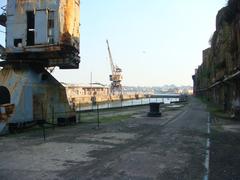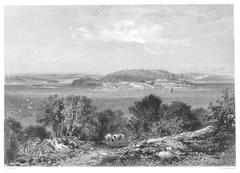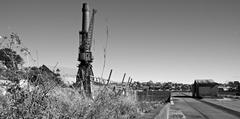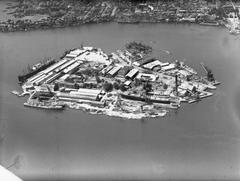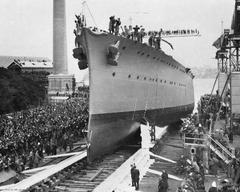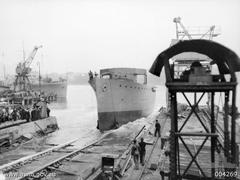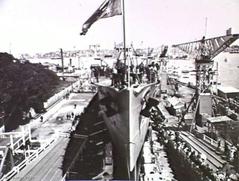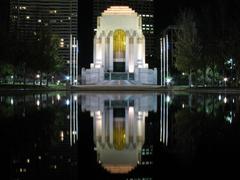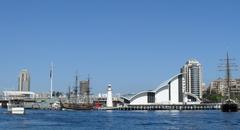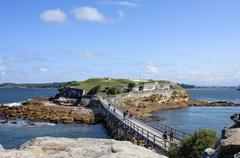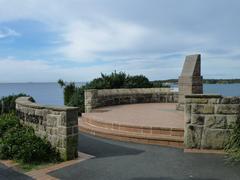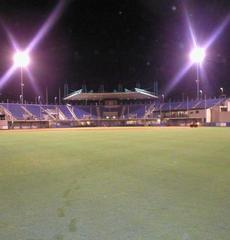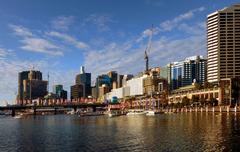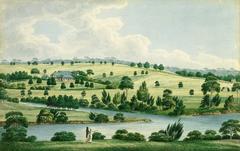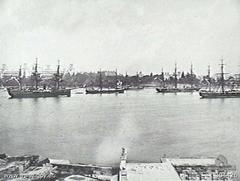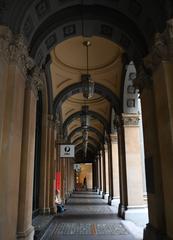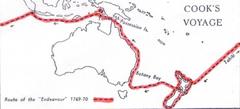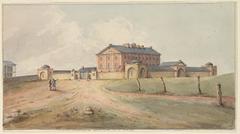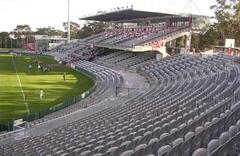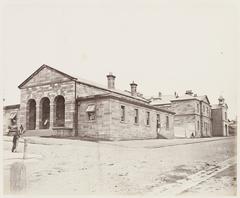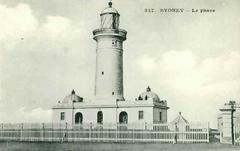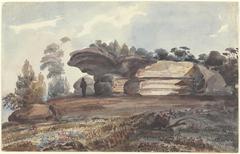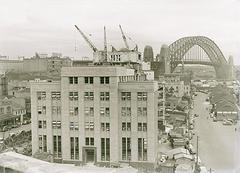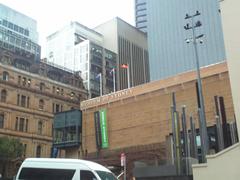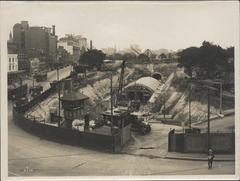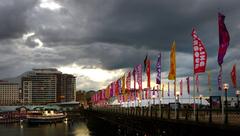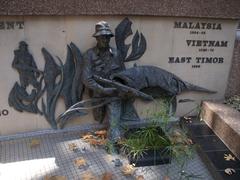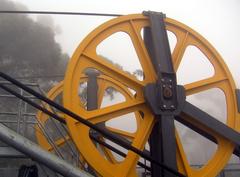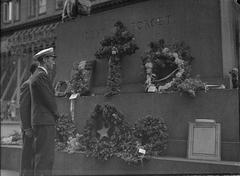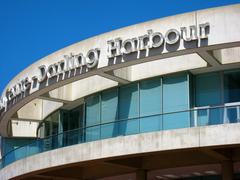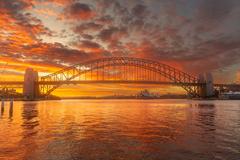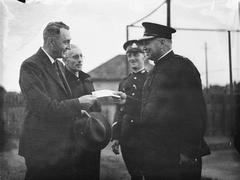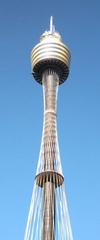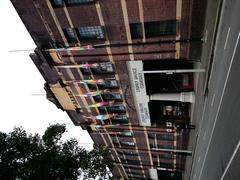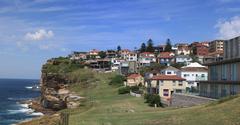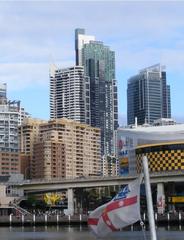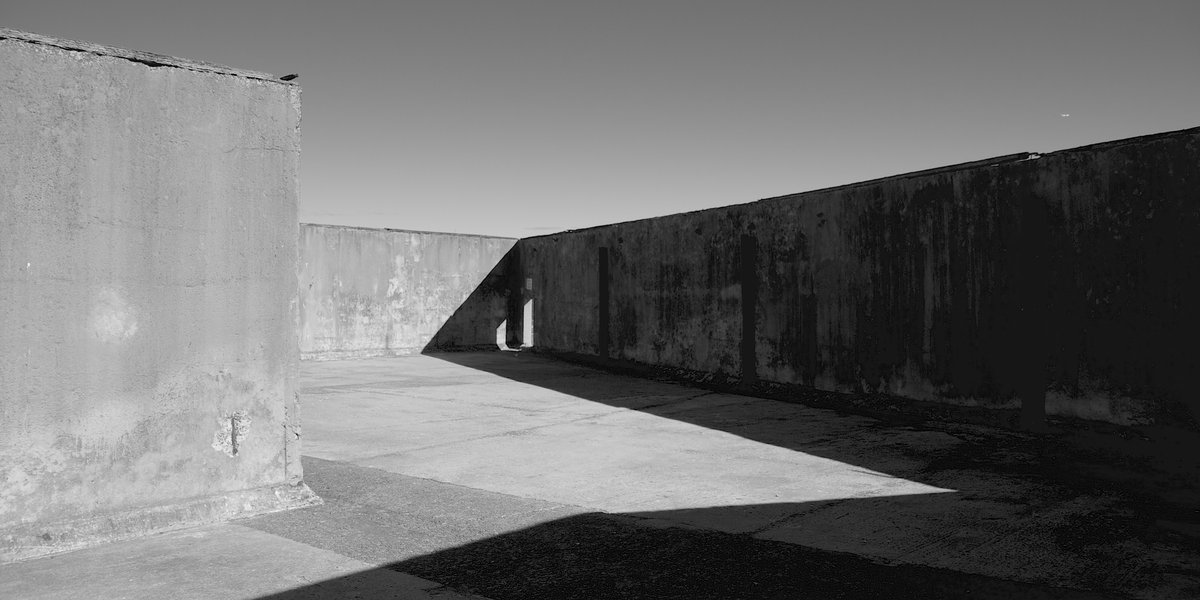
Comprehensive Guide to Visiting Cockatoo Island, Sydney, Australia
Date: 01/08/2024
Introduction
Cockatoo Island, located in the heart of Sydney Harbour, stands as a testament to Australia’s rich and multifaceted history. This UNESCO World Heritage Site has evolved from an Aboriginal landmark to a convict settlement, then a pivotal shipbuilding dockyard, and now a cherished public heritage site. The island, historically known as Wareamah by the Eora people, holds deep cultural and spiritual significance (24hourslayover). Since its establishment as a penal settlement in 1839, Cockatoo Island has witnessed numerous transformations, each adding layers to its historical and cultural fabric. From the construction of Australia’s first dry dock by convicts to its significant role in naval shipbuilding during the World Wars, the island’s industrial heritage is profound (Cockatoo Island Tours). Today, managed by the Sydney Harbour Federation Trust, Cockatoo Island offers a unique glimpse into Australia’s past, blending historical preservation with modern-day tourism. This guide aims to provide a comprehensive overview of Cockatoo Island’s history, practical visitor information, and tips for making the most of your visit.
Table of Contents
- Introduction
- Early Inhabitants and Aboriginal Heritage
- Convict Era (1839-1869)
- Industrial and Maritime Significance (1857-1991)
- Post-Industrial Transformation and Heritage Preservation
- Visitor Information
- Guided Tours and Activities
- Preservation and Adaptive Reuse
- Educational and Cultural Significance
- Travel Tips and Nearby Attractions
- Frequently Asked Questions (FAQ)
- Conclusion
Early Inhabitants and Aboriginal Heritage
Before European settlement, Cockatoo Island, known as Wareamah, was frequented by the Eora people, the Aboriginal inhabitants of Sydney’s coastal areas. The island held cultural and spiritual significance for the Eora people, who utilized its resources and strategic location within Sydney Harbour. The island’s name, Cockatoo Island, is derived from the cockatoo birds that once populated the area (24hourslayover).
Convict Era (1839-1869)
Cockatoo Island’s transformation began in 1839 when it was established as a penal settlement to alleviate overcrowding in New South Wales’ existing prisons. The island served as a place of secondary punishment for reoffending convicts. The harsh conditions and grueling labor defined the convict experience on the island. Convicts were tasked with constructing prison barracks, a military guardhouse, and a granary, all of which still stand today as part of the island’s Convict Precinct (Cockatoo Island Tours).
The Convict Precinct, located on the Upper Island, is a UNESCO World Heritage Listed Site. Visitors can explore the convict-built structures and old prison cells, which provide a stark reminder of the island’s grim past. The precinct includes the solitary confinement cells, which were notoriously cramped and dark, reflecting the severe punishment methods of the time (24hourslayover).
Industrial and Maritime Significance (1857-1991)
In 1857, Cockatoo Island’s role shifted from a penal settlement to a major shipbuilding and dockyard facility. The island became the site of Australia’s first dry dock, the Fitzroy Dock, which was constructed by convicts. This dock played a crucial role in the maintenance and repair of naval and merchant ships, marking the beginning of the island’s industrial era (Cockatoo Island Tours).
The island’s shipbuilding capabilities expanded significantly during World War I and World War II, when it became a vital naval shipyard. The Sutherland Dock, completed in 1890, was one of the largest dry docks in the world at the time and remains a significant historical landmark. The dockyard continued to operate until 1991, contributing to Australia’s maritime heritage and industrial development (Secret Sydney).
Post-Industrial Transformation and Heritage Preservation
Following the closure of the dockyard in 1991, Cockatoo Island underwent a period of transformation. The island was opened to the public in 2007, and efforts were made to preserve its historical structures and promote its cultural heritage. Today, Cockatoo Island is managed by the Sydney Harbour Federation Trust and is recognized as one of the 11 historic sites that form the Australian Convict Sites World Heritage Property (Cockatoo Island Tours).
Visitor Information
Visiting Hours and Tickets
Cockatoo Island is open daily, but visiting hours may vary depending on the season and special events. It is advisable to check the official Cockatoo Island website for the most current visiting hours. Admission to the island is free, though some tours and activities may require tickets, which can be purchased online or at the visitor center.
Accessibility
The island is accessible by ferry, with regular services from Circular Quay, Barangaroo, and other locations around Sydney Harbour. The island is relatively flat, making it accessible for visitors with mobility issues, although some areas may have uneven terrain.
Guided Tours and Activities
Cockatoo Island offers a range of tours that allow visitors to delve into its rich history. Guided tours provide insights into the island’s convict era and dockyard years, with knowledgeable guides sharing fascinating anecdotes and historical facts. For those who prefer to explore at their own pace, self-guided audio tours are available, offering an immersive 90-minute experience (Cockatoo Island Tours).
The island also hosts ghost tours, capitalizing on its long history and secluded location. These tours blend mystery with history, providing a unique way to experience the island’s past. Seasonal activities and events further enhance the visitor experience, making Cockatoo Island a dynamic and engaging historical site (Secret Sydney).
Preservation and Adaptive Reuse
Efforts to preserve Cockatoo Island’s historical structures have been complemented by adaptive reuse initiatives. The island’s former residences, including the Harbour View Apartments and Historic Homes, have been beautifully restored and modernized. These accommodations offer visitors the opportunity to stay overnight on the island, providing a unique way to experience its history and scenic beauty (24hourslayover).
Camping and glamping options are also available, making Cockatoo Island the only island in Sydney Harbour where visitors can camp overnight. This initiative not only preserves the island’s historical significance but also promotes sustainable tourism and provides a memorable experience for visitors (24hourslayover).
Educational and Cultural Significance
Cockatoo Island serves as an educational resource, with school excursions and activity books available for children. These resources enable young visitors to interact with the island’s history in an engaging and informative manner. The island’s historical significance is further highlighted through exhibitions and interpretive displays that provide context and depth to its storied past (24hourslayover).
Travel Tips and Nearby Attractions
When planning a visit to Cockatoo Island, it’s useful to consider the following travel tips:
- Wear comfortable walking shoes as the island is best explored on foot.
- Bring a hat and sunscreen to protect yourself from the sun, especially during the summer months.
- Pack a picnic or enjoy a meal at the island’s cafes.
Nearby attractions include the Sydney Opera House, Sydney Harbour Bridge, and the Royal Botanic Garden, which can be easily visited before or after your trip to Cockatoo Island.
Frequently Asked Questions (FAQ)
Q: How do I get to Cockatoo Island?
A: The island is accessible by ferry from Circular Quay, Barangaroo, and other locations around Sydney Harbour.
Q: What are the visiting hours for Cockatoo Island?
A: Visiting hours may vary, so it’s best to check the official Cockatoo Island website for the most current information.
Q: Is there an admission fee to visit Cockatoo Island?
A: Admission to the island is free, though some tours and activities may require tickets.
Q: Can I stay overnight on Cockatoo Island?
A: Yes, there are camping, glamping, and restored accommodation options available for overnight stays.
Conclusion
Cockatoo Island’s historical significance is multifaceted, encompassing its Aboriginal heritage, convict era, industrial and maritime contributions, and post-industrial transformation. The island’s preservation and adaptive reuse efforts ensure that its rich history is accessible to visitors, providing a unique and immersive experience. Whether exploring the convict-built structures, learning about the island’s shipbuilding legacy, or staying overnight in restored accommodations, visitors to Cockatoo Island can connect with its past in meaningful and memorable ways. For more information, visit the official Cockatoo Island website and start planning your visit today (24hourslayover, Cockatoo Island Tours).
References
- 24hourslayover, n.d., Travel Blog source url
- Cockatoo Island Tours, n.d., Sydney Harbour Federation Trust source url
- Secret Sydney, n.d., City Guide source url
- Tour by Transit, n.d., Travel Guide source url


